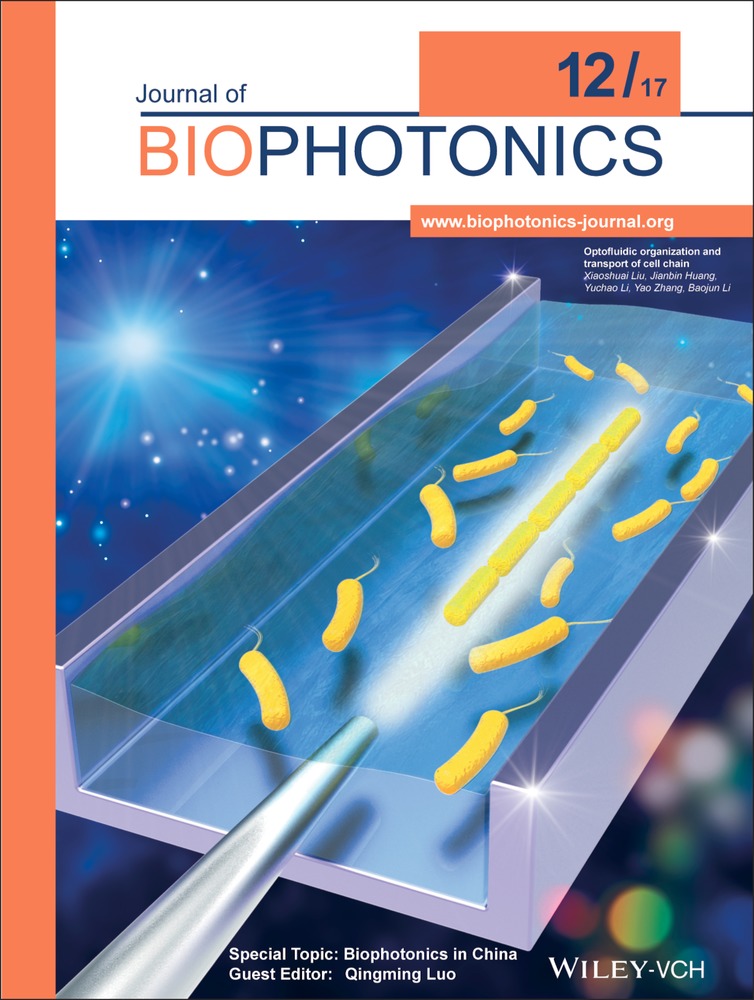Intracellular localization and delivery of plasmid DNA by biodegradable microsphere-mediated femtosecond laser optoporation
Abstract
Micro-/nanosphere-mediated femtosecond laser cell perforation is one of the high throughput technologies used for macro-molecule-delivery into multiple cells. We have demonstrated the delivery of plasmid-DNA/liposome complexes into cells using biodegradable polymer microspheres and a femtosecond laser and investigated the intracellular localization of the complexes by delivering fluorescence-labeled plasmid-DNA/liposome complexes into cells. The utilization of liposomes increases the number of complexes delivered into the cytoplasm by laser illumination, which contributed to the increased transfection rate. In the experiment involving polystyrene (PS) microspheres of different diameters, the fluorescence of the complexes was detected in the nucleus as well as cytoplasm after laser illumination for PS microspheres of 3.0 μm diameter. The direct delivery of complexes into the nucleus is probably attributed to the enhancement of the nuclear membrane permeability by the enhanced optical field obtained close to the nucleus. These revelations on the intracellular localization of foreign DNA would provide effective laser-based transfection. Picture: Intranuclear delivery of plasmid-DNA/liposome complexes by utilizing dielectric microspheres and a femtosecond laser.




